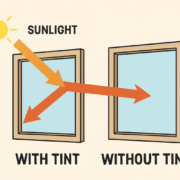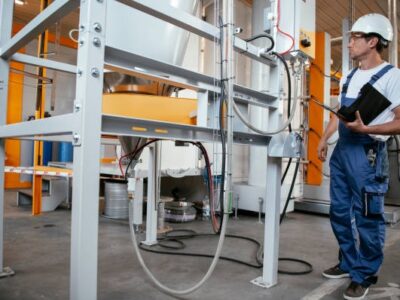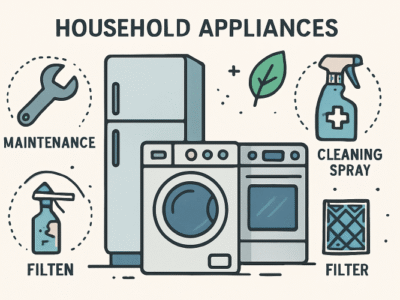If your hydraulic equipment has been running slowly, the oil temperature has risen, and the movement has been insensitive recently, the problem is likely to be a seemingly inconspicuous component the hydraulic filter. Don’t underestimate this filter element, it bears the heavy responsibility of protecting the entire hydraulic system. Hydraulic oil will carry tiny particles such as metal chips, dust, and rubber fragments during the operation of the equipment. Your hydraulic filter is responsible for filtering these particles that may affect the operation of the machinery.
If not filtered in time, these impurities will enter the oil pump, valve group, and hydraulic cylinder, causing serious wear and tear, and even causing the system to jam or depressurize. Once blocked or failed, the efficiency will decrease at the least, and the hydraulic pump will be directly scrapped at the worst. The good news is that replacing the hydraulic filter is not a high-tech job. As long as you follow the process step by step, even a novice can do it. Today, we will break down the process so that you can install it yourself.
Step 1: Prepare Tools & Parts in Advance
Before you start, don’t forget to do some preparation. The basic tools you need include:
- An adjustable wrench (or a designated filter wrench);
- An oil pan or oil bucket;
- A clean rag;
- A new hydraulic filter (make sure the model matches);
- New hydraulic oil (if you plan to change the oil at the same time);
If necessary, you can also prepare some sealant or new O-rings. Some models have external filters, while others are hidden in the filter housing. Though the replacement approach is somewhat different, overall, the concept is the same.
Step 2: Shut Down & Power Off to Release System Pressure
You must make sure that your operation is carried out when the equipment is completely shut down, and cut off the power or shut down the engine. This step is critical. Never operate while the power is on or the system is under pressure. This is not only dangerous, but it may also spray high-pressure hydraulic oil.
For safer operation, you can open the vent or refueling port on the tank to completely release the system pressure.
Step 3: Change the Old Filter and Empty the Oil
If you plan to change the hydraulic oil at the same time, you can start draining the oil now. Place the oil collecting bucket under the drain screw, unscrew the oil outlet, and let the old oil flow out naturally.
Next, use a wrench to slowly remove the old hydraulic filter. If the filter element is stuck too tightly, do not pry it violently. Using a special filter element wrench can save a lot of effort. Pay attention to whether there are any residual O-rings or debris around, and clean the flange surface to prevent poor sealing.
Step 4: Replace the filter and drain the air
Before installing a new hydraulic filter, lubricate the filter element’s rubber seal with a little new hydraulic oil to improve the seal and prevent sticking during disassembly.
After confirming that the filter element model is correct, tighten it in a clockwise direction, mainly by hand tightening, and no brute force is required. Some models also require exhaust treatment, which is usually achieved by loosening the exhaust screw on the hydraulic pump. Tighten it when you see hydraulic oil flowing out without bubbles to ensure that there is no air residue in the system.
Step 5: Add New Oil & Test Run
Fill up with new hydraulic oil. Remember that oil must satisfy factory specs. Avoid mixing grades of oils or using cheap brands. After adding oil, run the equipment for a few minutes to observe whether there is oil leakage, abnormal sound, or delayed operation. If everything is fine, it means that your hydraulic filter replacement is a success!
Conclusion
Many people wait until the equipment “has problems” before thinking about changing the hydraulic filter. This is taboo. The job of the filter element is to block metal particles, moisture, and pollutants in the system. It is not visible from the outside like a tire. The more invisible the part, the more it can’t be ignored.
It is generally recommended to replace it every 500 hours or about half a year (the specific cycle also needs to be referred to in the equipment manual). Remember, once the filter system is contaminated, it cannot be repaired and can only be replaced completely, which is much more expensive than a filter element. If you need cheap and high-quality hydraulic filters, please feel free to visit FridayParts. I have purchased hydraulic filters and some other parts on this website. They fit my machine well and are of decent quality.
If you want morе еxciting contеnt, visit. Globallyviz.com














Comments